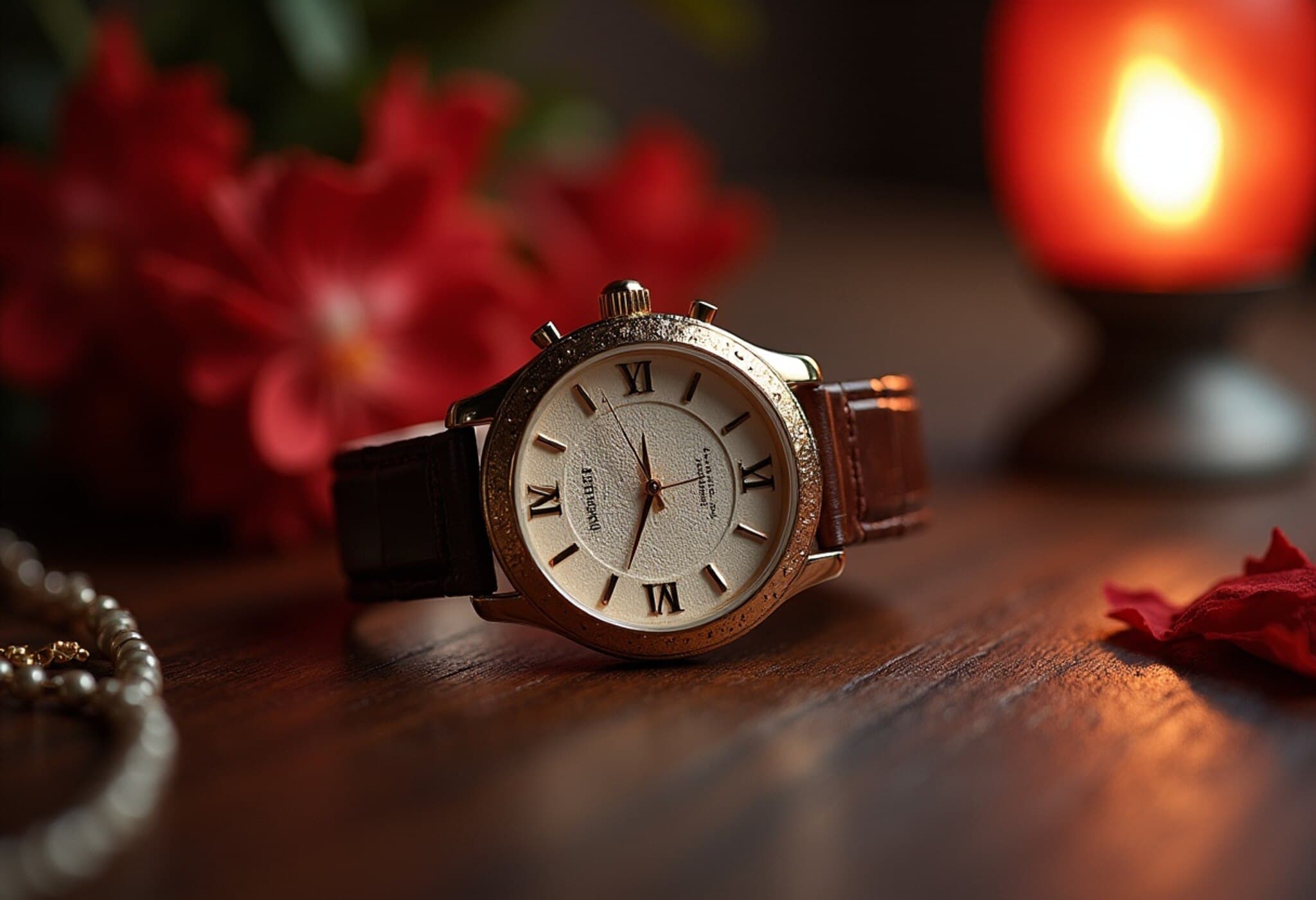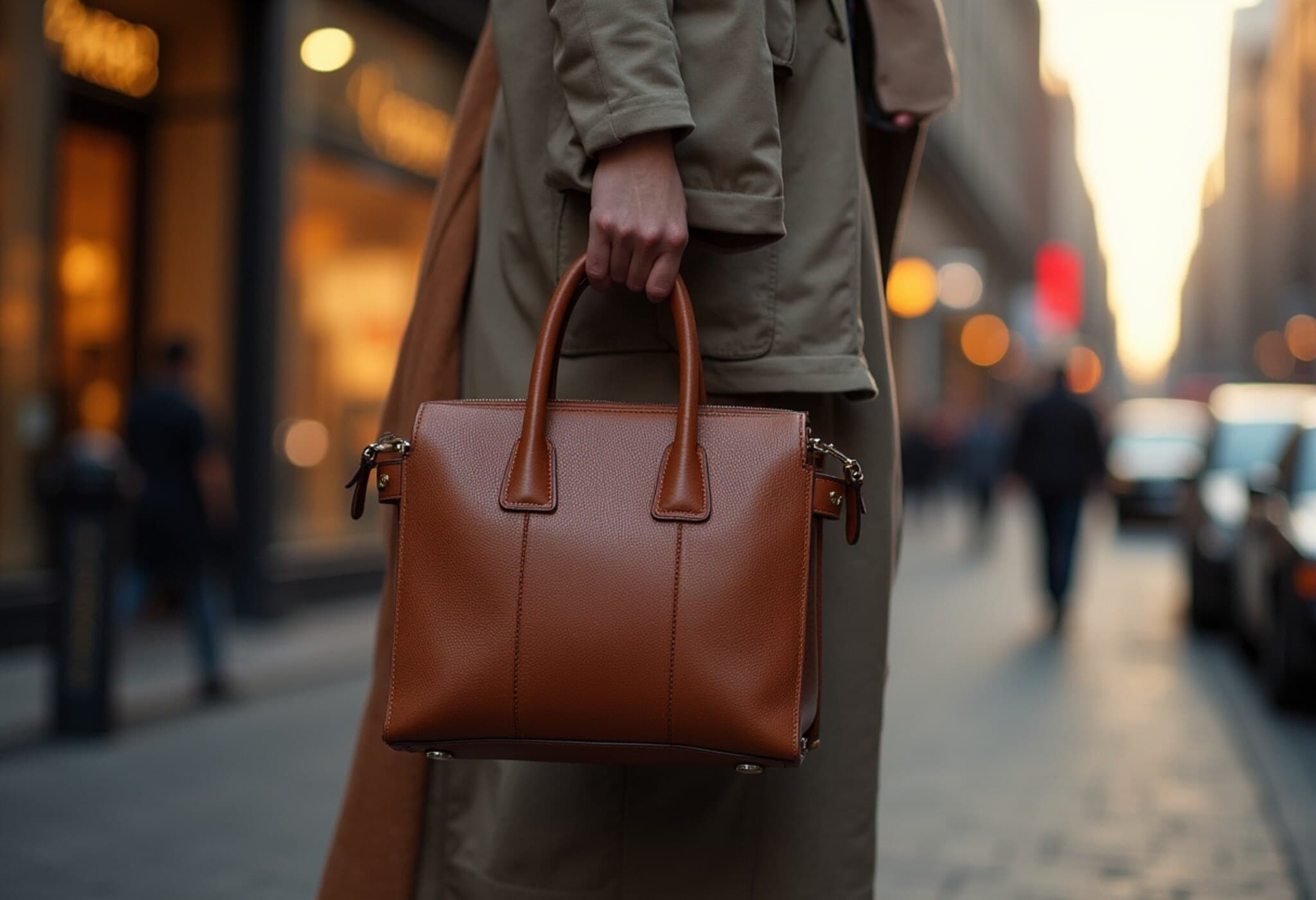Richemont's Luxury Sales Hit by Yen Strength After Past Surge
The Swiss luxury powerhouse Richemont, owner of iconic brands like Cartier, Van Cleef & Arpels, and Buccellati, is experiencing a notable slowdown in Japan’s luxury market — a direct consequence of the Japanese yen's recent rebound. After last year's record surge fueled by a weak yen and booming international tourism, the fiscal first quarter of 2025 reveals a 15% decline in Japan sales at constant exchange rates, underscoring how currency swings can profoundly influence luxury markets.
From Yen Weakness to Strength: A Currency Story with Luxury Consequences
In 2023, Richemont and other luxury brands enjoyed an unprecedented windfall in Japan thanks to a depreciated yen, which made high-end shopping far more affordable for tourists, particularly from China. The yen had weakened beyond the 161 mark against the US dollar, following the Bank of Japan’s termination of negative interest rates and yield curve control in March 2023. This shift encouraged a surge of shoppers to famed districts like Ginza in Tokyo, igniting a spree of spending on luxury goods.
Richemont’s Japan sales jumped 59% year-over-year during the same period last year, a testament to the power of favorable exchange rates combined with strong tourism returns post-pandemic.
The 2025 Reversal: Yen Strength and Its Ripple Effects
However, as 2024 progressed, the yen began regaining strength, gradually reversing the currency advantage. In the first half of 2025, the yen's appreciation reversed the previous surge, dampening the appetite for luxury purchases by overseas tourists, especially Chinese clientele, the company reported. Although local Japanese demand remained stable, it could not fully offset the drop in foreign spending.
Richemont acknowledged, "In Japan, sales declined by 15% against a demanding +59% comparative in the prior-year period, with a strengthening Yen strongly reducing tourist spend, most notably from Chinese clientele, whilst local demand remained positive." This dynamic highlights the vulnerability of luxury retailers to macroeconomic shifts and foreign exchange volatility.
Resilience Amid a Broader Luxury Slowdown
Despite challenges in Japan and declines in mainland China and Hong Kong, Richemont distinguished itself from a wider market slump. The group posted a 6% rise in overall revenues at constant exchange rates, reaching €5.41 billion ($6.28 billion) in the quarter ending June 2025, slightly outperforming analyst expectations.
Notably, Richemont's Jewellery Maisons division — featuring Cartier and Van Cleef & Arpels — saw an impressive 11% sales growth, signaling strong demand for high-end jewelry among affluent shoppers globally. Conversely, the Specialist Watchmakers division, which includes brands like Piaget and Roger Dubuis, faced a 7% sales decline, impacted by softer demand in key Asian markets.
Contextual Insight: What This Means for Luxury Brands and Investors
- Currency volatility remains a paramount risk for luxury retailers heavily reliant on international tourism, especially in East Asia.
- As China and Hong Kong luxury sales wane amid broader economic uncertainties and geopolitical tensions, Japanese luxury markets become a crucial barometer for regional demand.
- Richemont’s relative resilience, powered by its strong jewelry segment, exemplifies the strategic value of diversified luxury portfolios.
- The contrasting performance between jewelry and watches raises questions about evolving consumer preferences post-pandemic and potential shifts in luxury spending priorities.
Looking Ahead: Navigating a Shifting Luxury Landscape
The Ryokan-like calm of the Japanese luxury market has been disrupted, as currency adjustments tighten consumer wallets. For Richemont and its contemporaries like LVMH and Burberry, adapting to a fluctuating yen and changes in tourist flows will be essential. Moreover, they must continue to read signals from Chinese outbound tourism trends, which remain a dominant force shaping luxury consumption in Asia.
Industry experts suggest that innovation, localized marketing, and digital engagement will be pivotal in countering macroeconomic headwinds. Richemont's outperformance in jewelry hints at shifting customer tastes towards investment-grade luxury — a trend that savvy investors and policymakers monitoring luxury markets will find noteworthy.
Editor's Note
The recent oscillations in Richemont’s Japan sales underscore how intertwined luxury retail performance is with currency dynamics and geopolitical realities. While markets may celebrate growth, the underlying sensitivity to macroeconomic shifts is palpable. As the yen strengthens and international tourism patterns evolve, luxury brands must rethink strategies to sustain growth amid unpredictability. Will Richemont’s jewelry focus buffer future shocks? How will changing Chinese consumer behaviors redefine the luxury landscape in Japan and beyond? These are questions worth watching closely in 2025 and beyond.















